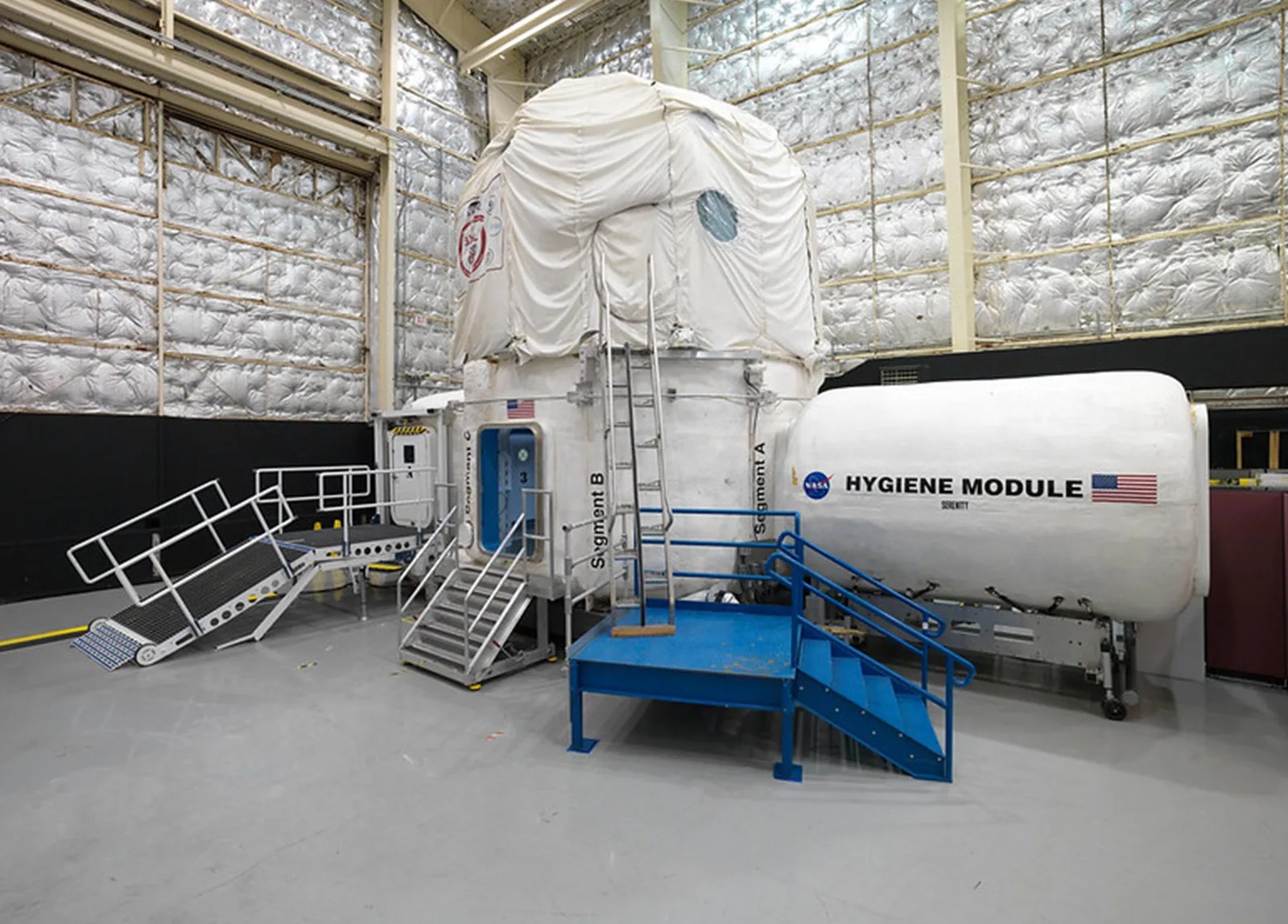5 min read
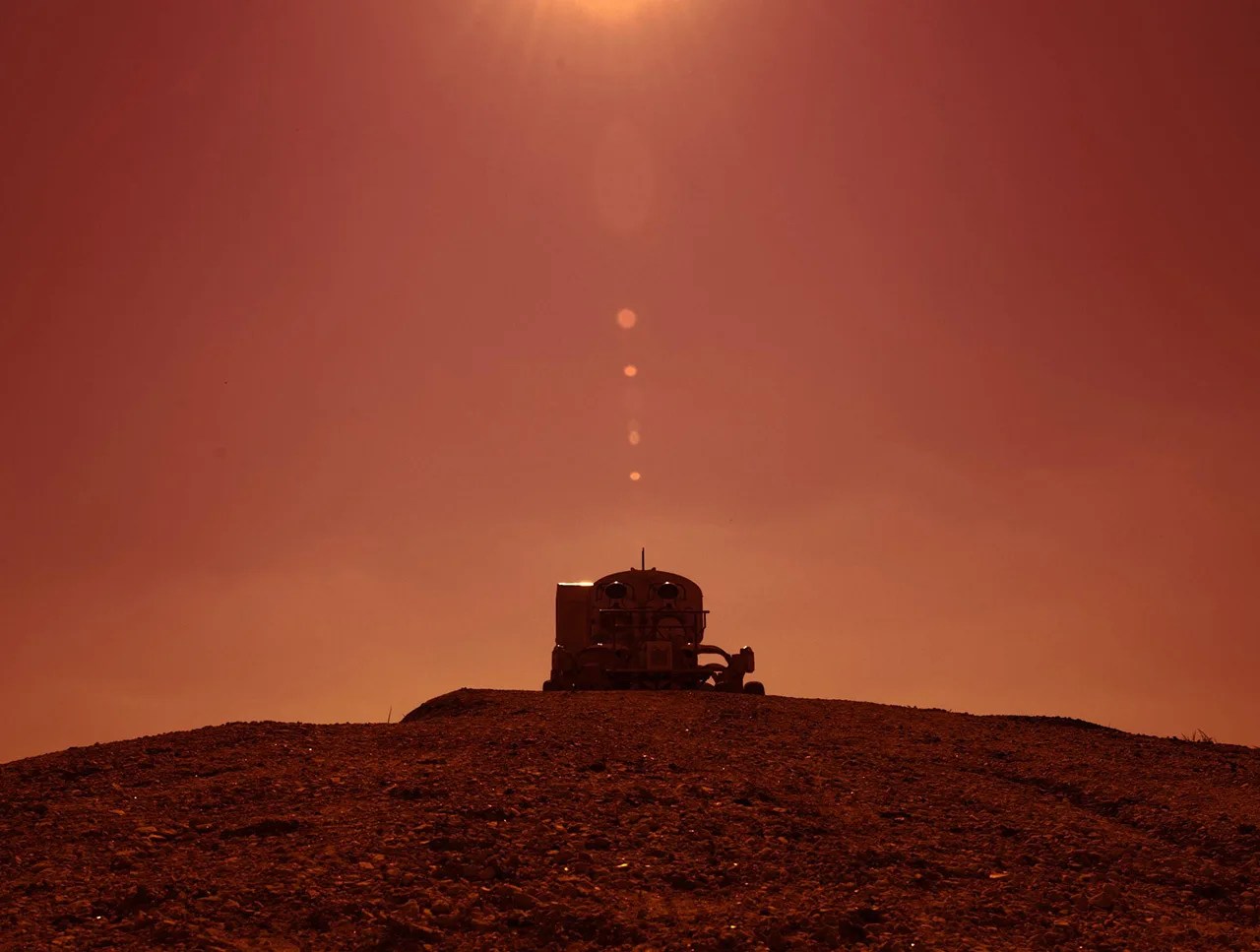
Some places on Earth are so extreme that NASA scientists use them as stand-ins to study harsh environments on other worlds. These locations are called planetary analogs because they are similar, or analogous, to Earth’s Moon, Mars, asteroids – and even exoplanets – planets that orbit other stars. Planetary analog sites help NASA plan for future robotic and human missions. They also help scientists research distant worlds without leaving Earth. Here are 10 things to know about planetary analogs.
During the Apollo era, astronauts conducted geology field trips using several locations on Earth as analogs for the Moon. On Feb. 24, 1969, Apollo 11 moonwalkers Neil Armstrong and Buzz Aldrin participated in their only trip dedicated to geology training. The astronauts practiced sampling rocks near Sierra Blanca, Texas. The astronaut geology trips continued until 1972 and included expeditions to Hawaii, Minnesota, Nevada, New Mexico, Texas, Washington, the Grand Canyon, Canada, Iceland, and Panama.
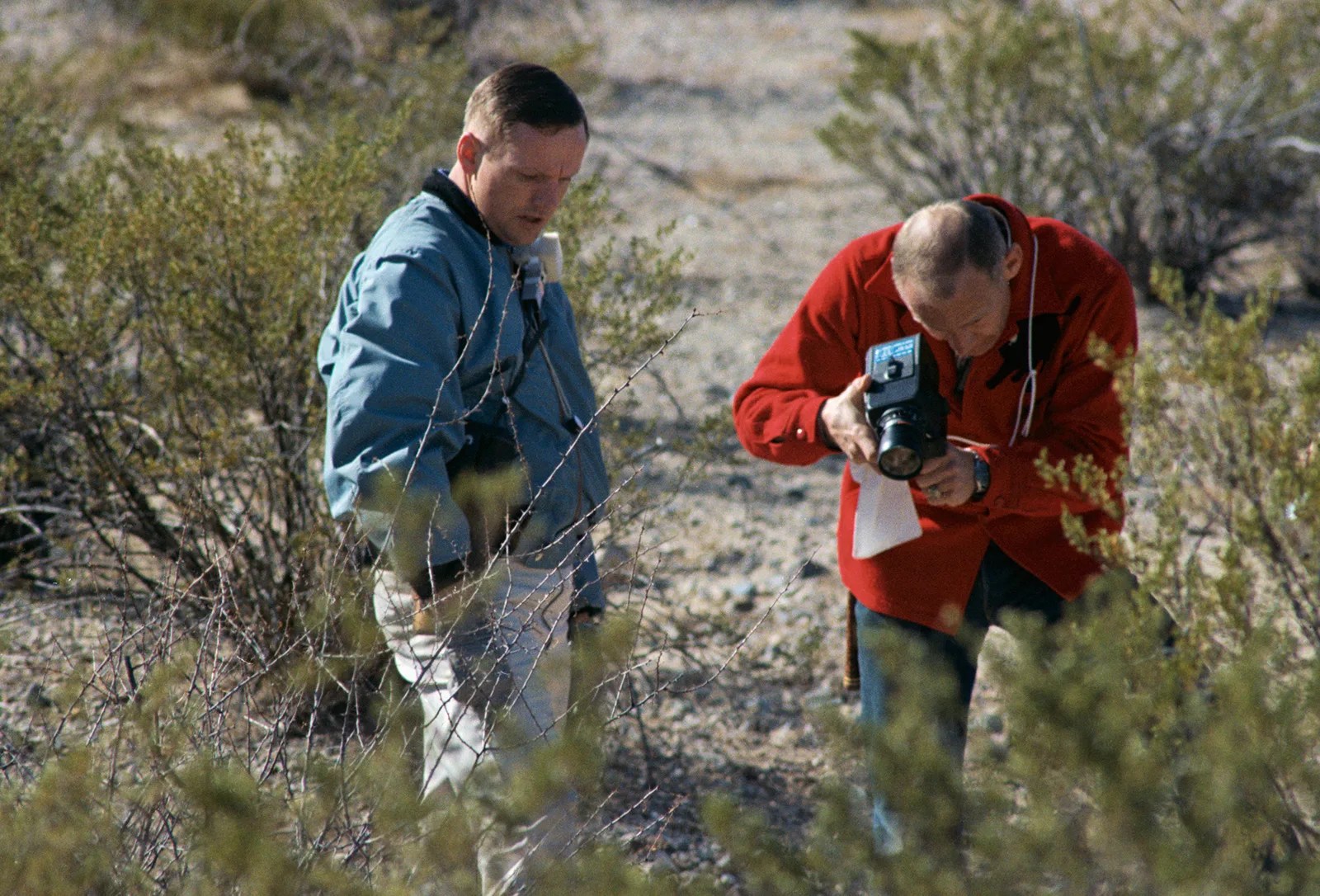
NASA teams currently conduct field research at analog sites across the planet to answer space research questions. For example, studying extremely dry places like Chile’s Atacama Desert helps scientists understand the conditions on Mars. National Science Foundation stations in Antarctica are used to test how people might adapt to isolation in hostile environments on future long-duration missions in space.
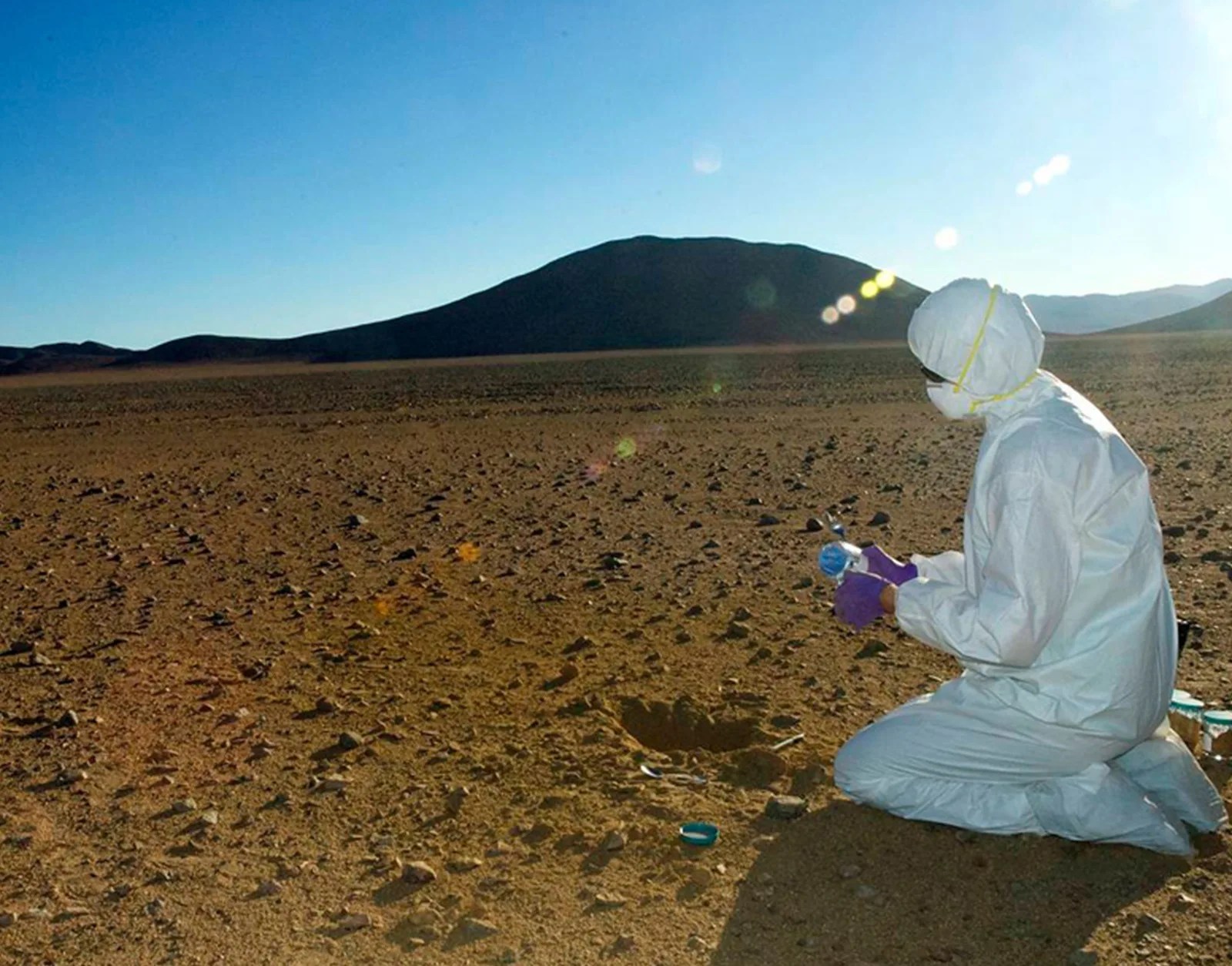
There are three main categories of analogs: geologic analogs, astrobiology analogs, and mission analogs. Each plays a special role in studying other worlds, and in planning for human space travel.
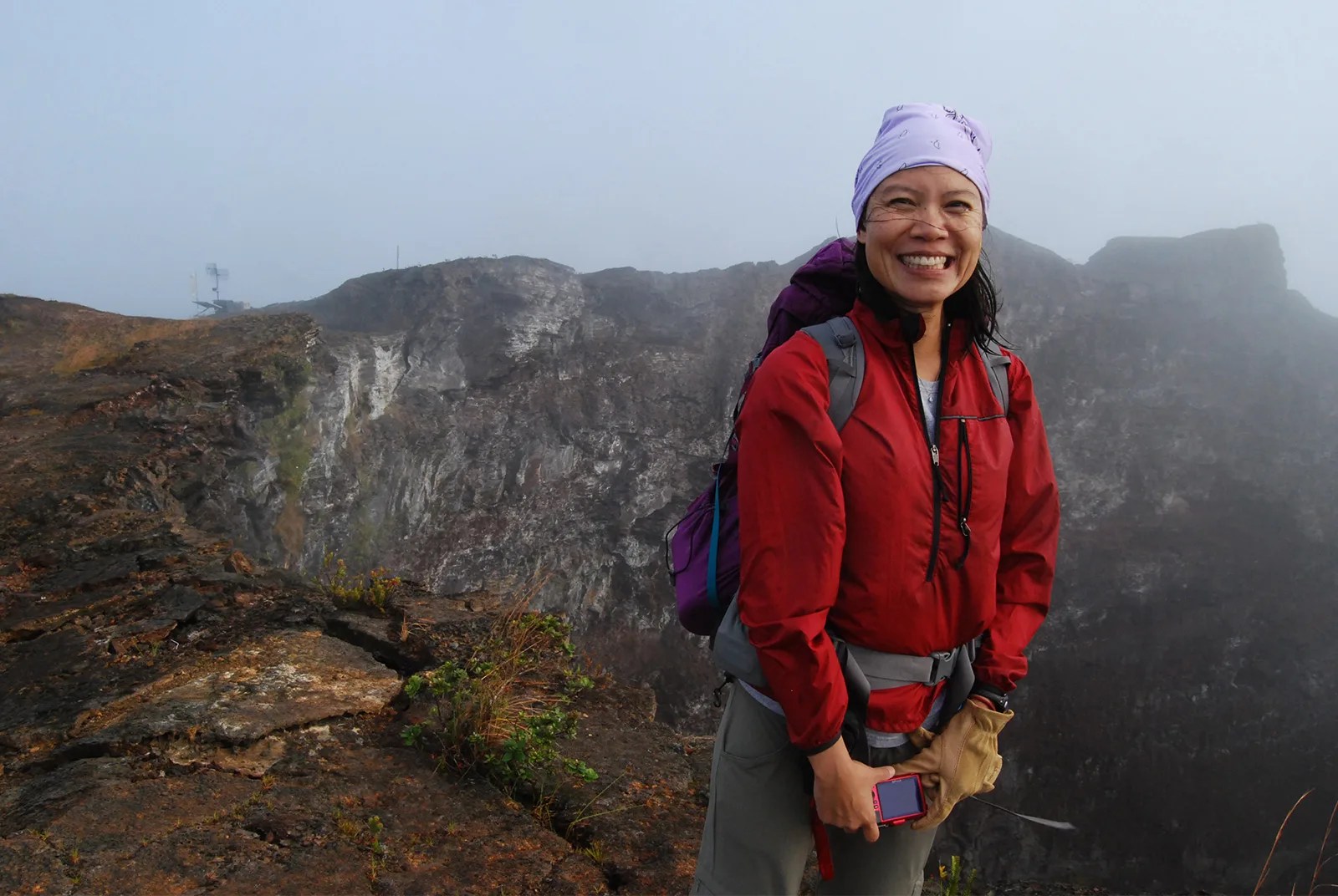
Studying rocks, craters, and earthquakes tells scientists what’s happening on a world now, and in its past. For example, volcanoes on Earth help researchers interpret evidence of volcanic activity on the Moon and beyond. Earthquake science paves the way for the study of quakes on icy ocean worlds like Jupiter’s moon Europa, which NASA’s Europa Clipper will observe up close in the future.
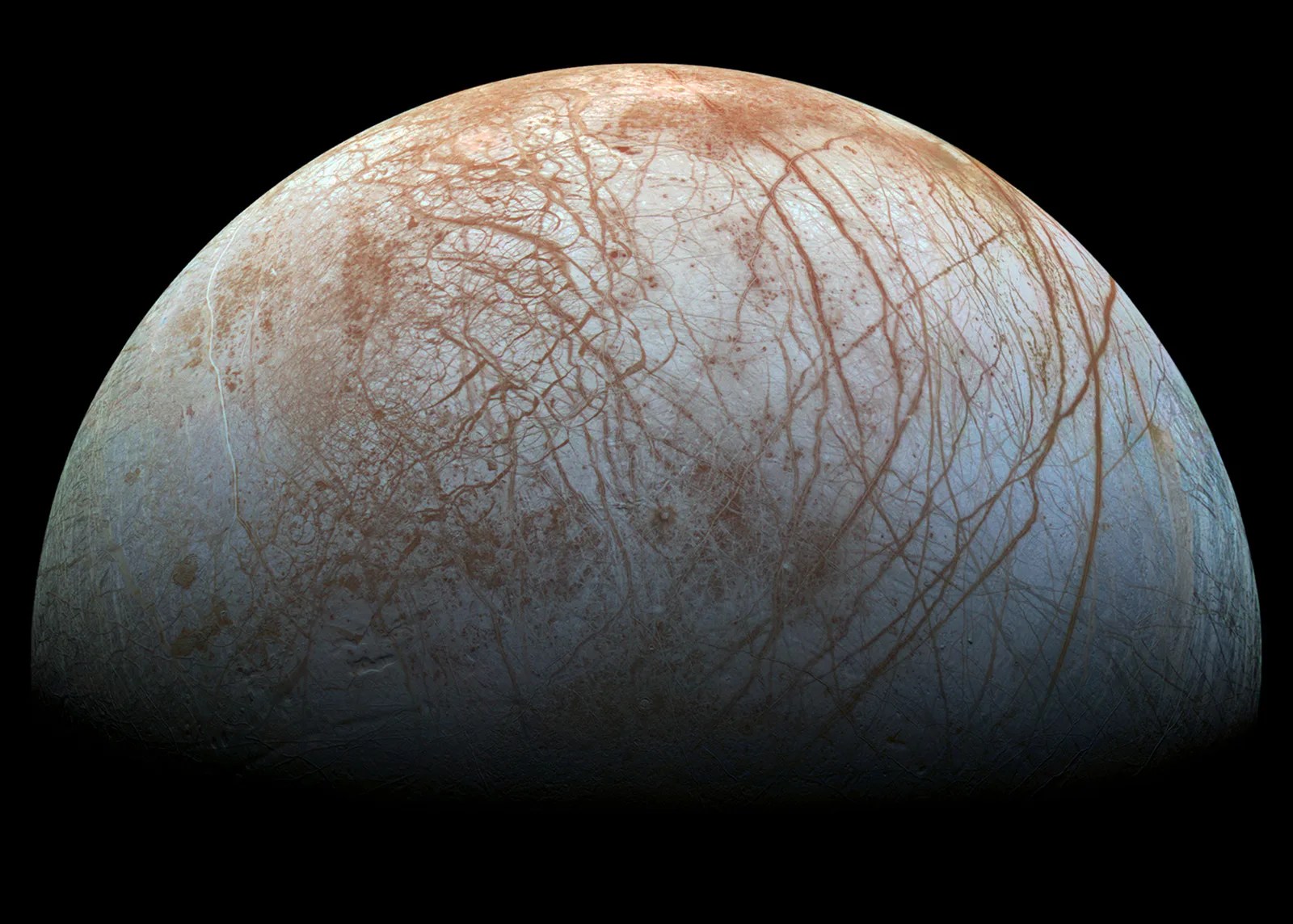
Astrobiologists study the origin, evolution, and distribution of life in the universe. While no clear signs of extraterrestrial life have been detected, the possibility has grown increasingly plausible as analog researchers continue to find life on Earth in the harshest conditions. Astrobiologists search extreme ecosystems and habitats on Earth for clues about what life might be like on distant worlds. Deep in Earth's oceans, for instance, microbes thrive in very salty, high-pressure environments. These tough and tiny creatures show us what life could be like in salt-watery alien terrain.
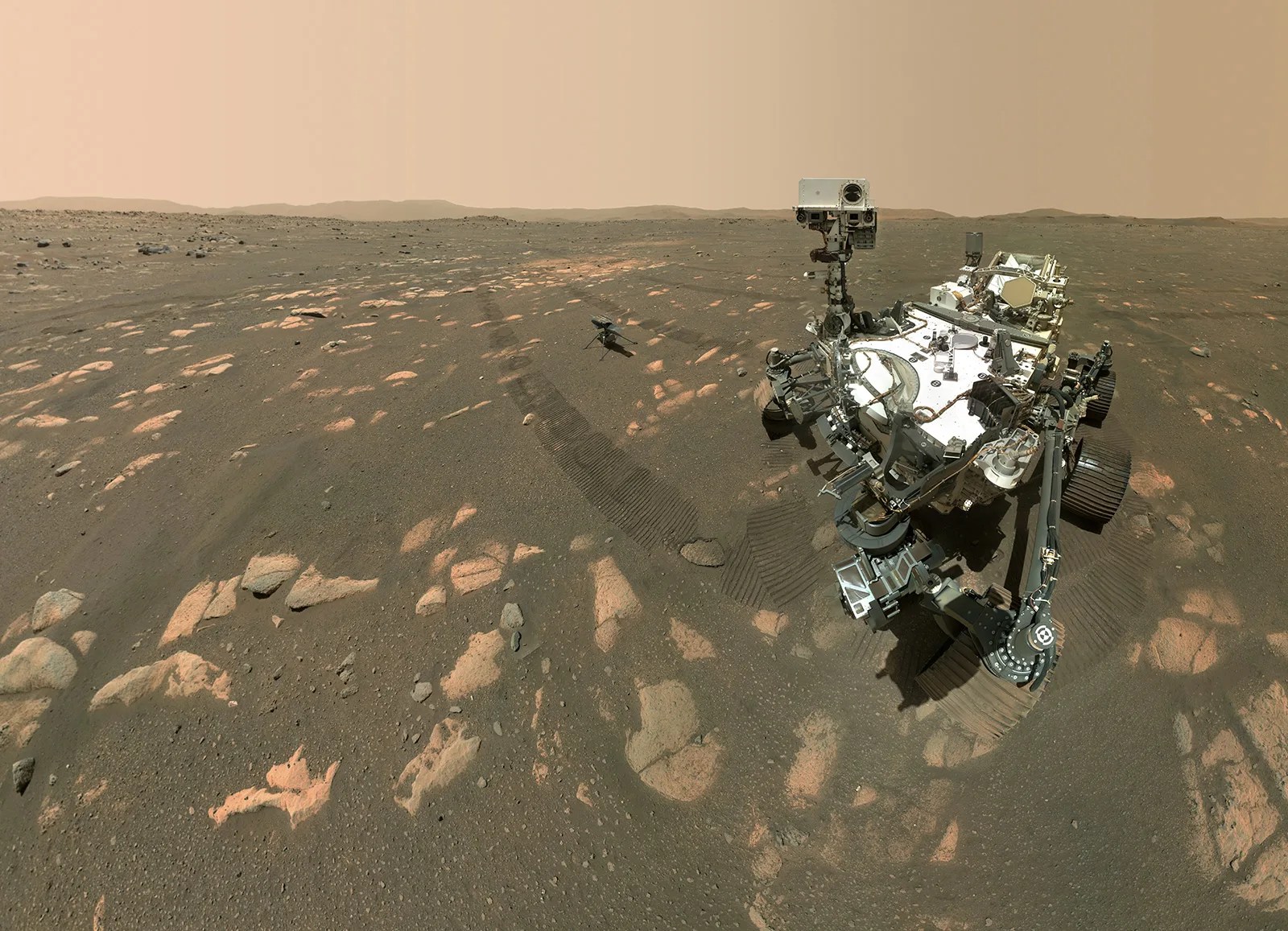
Space is dangerous. NASA currently has mission analogs around the world working to identify possible hazards for human space travelers. Test locations include the Antarctic, oceans, deserts, and volcanic landscapes. There are five main categories of hazards:
- Space radiation: Without protection from Earth's magnetic field and atmosphere, astronauts will be exposed to treacherous radiation.
- Isolation and confinement: Humans may develop depression, low morale, sleep disorders, fatigue, boredom, and other disorders when they’re isolated and confined for long periods.
- Distance from Earth: Astronauts traveling far from Earth will need to be self-sufficient – equipped with all necessary food, medicine, and supplies.
- Gravity Fields: Astronauts going to Mars will experience three gravity fields: weightlessness between planets, one-third of Earth’s gravity on Mars, and normal gravity upon returning to Earth. These gravity differences impact the eyes, heart, bones, muscles, and other parts of the human body.
- Environment: A spacecraft’s ecosystem plays a big role in everyday astronaut life. Living quarters must be carefully designed for comfort – and to protect against illnesses and disease.
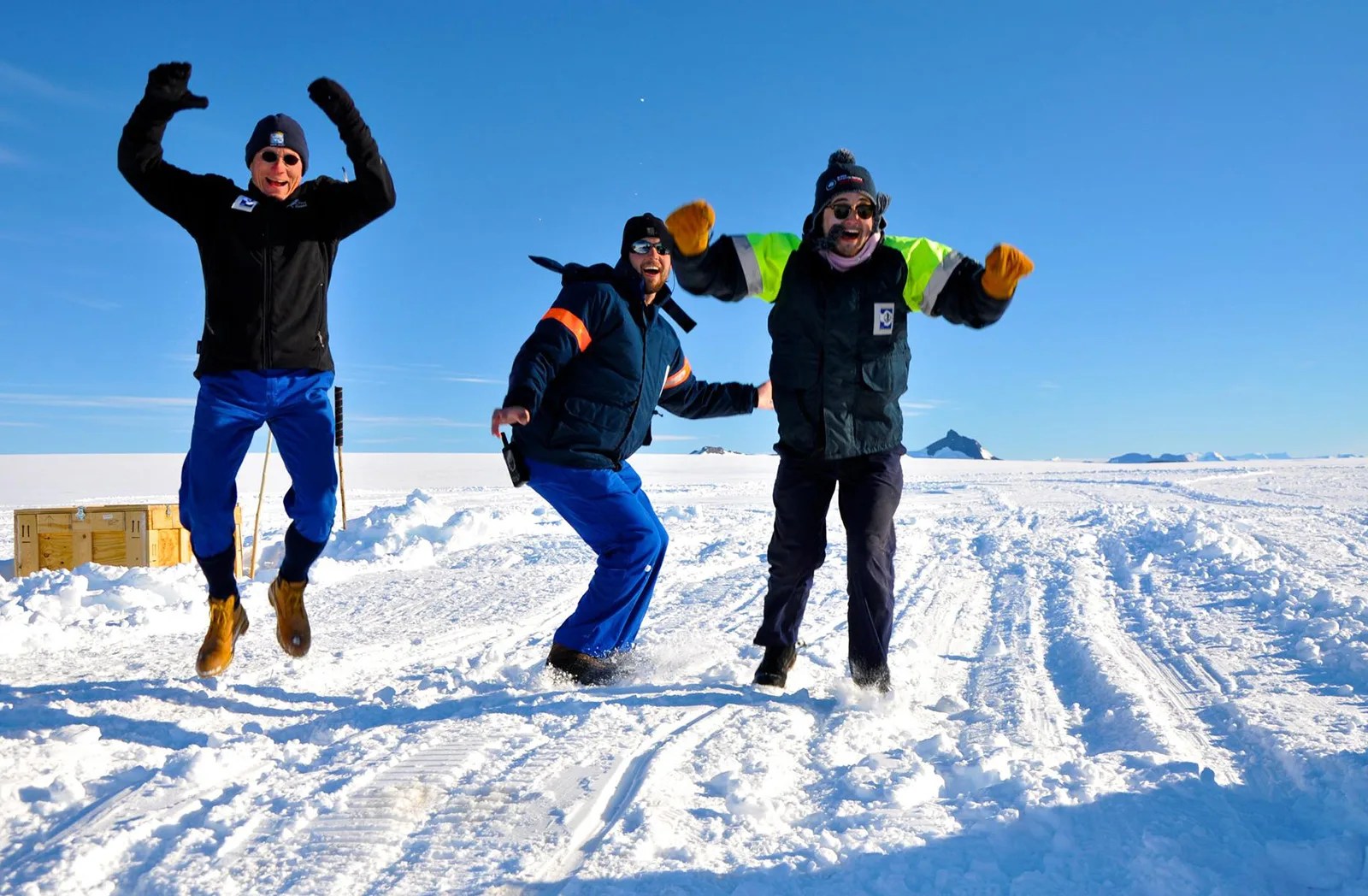
The Haughton Mars Project (HMP) is a mission analog located at the Haughton meteorite impact crater on the world's largest uninhabited island, Devon Island, Canada. The island’s barren terrain, freezing temperatures, isolation, and remoteness mimic conditions on Mars and other planetary destinations. Also, Mars is covered in craters, so Haughton Crater is a good place to practice Martian extravehicular activities (EVAs). HMP develops, tests, and validates new exploration technologies and strategies for planning the future human and robotic exploration of the Moon and Mars. HMP is an international multidisciplinary project led by NASA’s Ames Research Center. You can take a guided tour of Devon Island without leaving home!
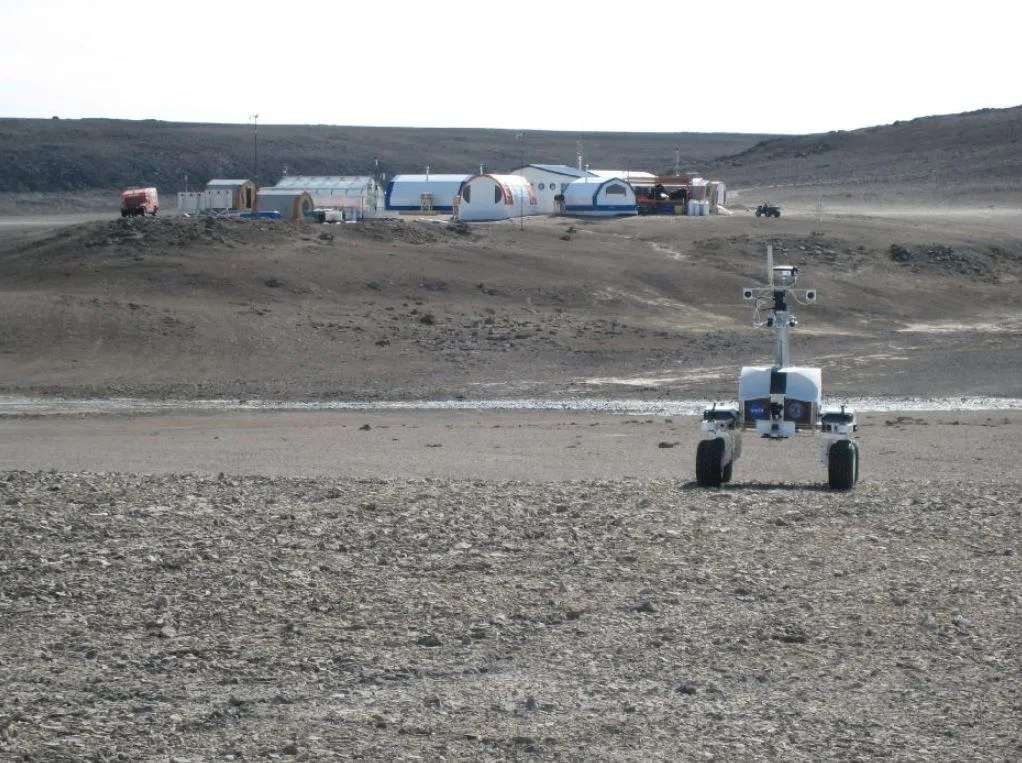
NEEMO (NASA Extreme Environment Mission Operations) is an analog mission that sends groups of aquanauts – astronauts, engineers, and scientists – to live in Aquarius, the world's only undersea research station. Aquarius is located off Key Largo in the Florida Keys National Marine Sanctuary. It’s deployed 62 feet (19 meters) below the surface. Aquanauts experience some of the same challenges they would face on Earth’s Moon, another planet, or an asteroid.
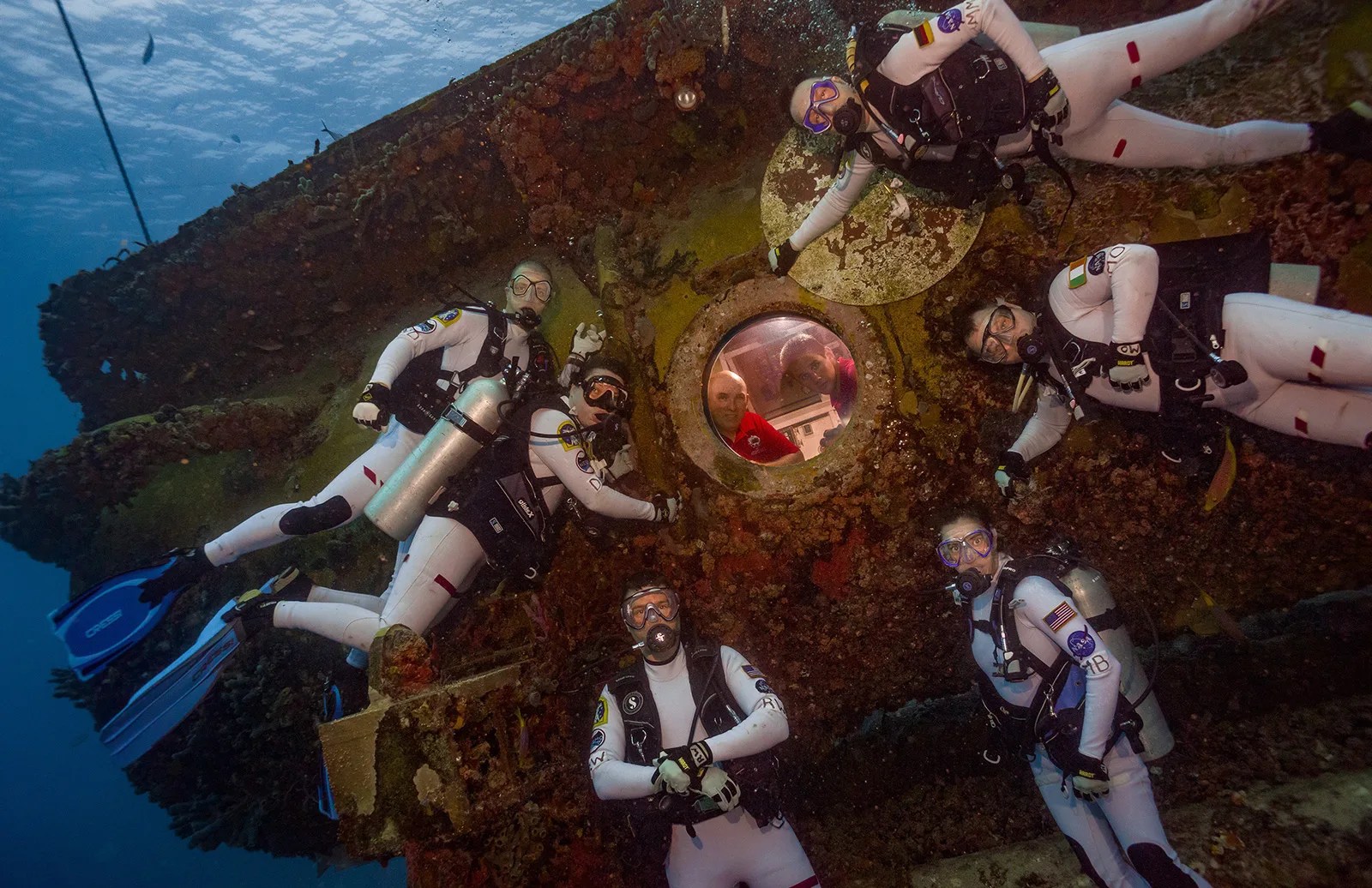
The best mission analog for space travel isn’t actually on Earth, but it’s nearby. For more than 20 years, the International Space Station (ISS) has been orbiting about 250 miles (400 kilometers) above our planet.
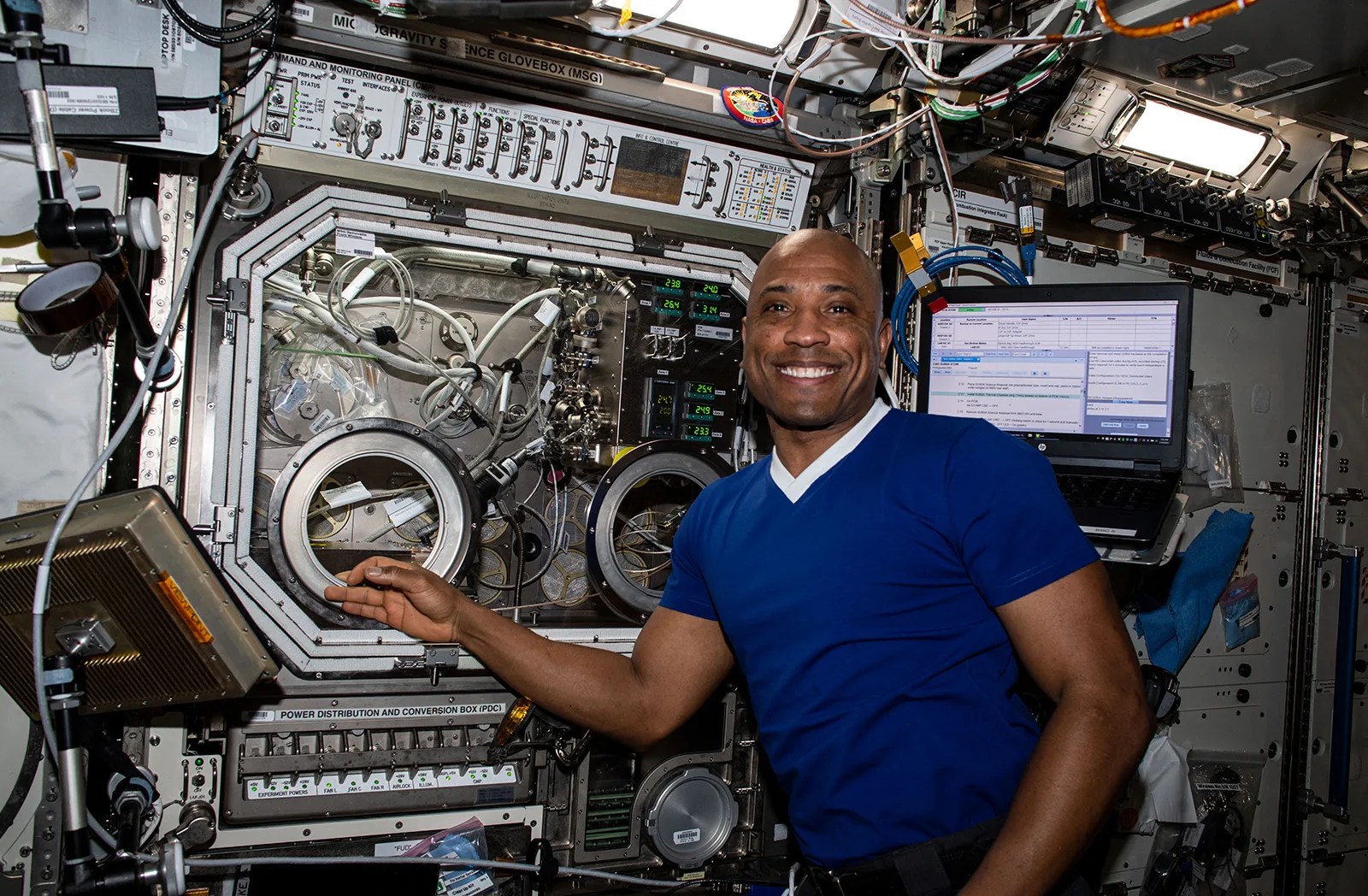
The 2005 NASA Authorization Act designated the U.S. portion of ISS as a national laboratory to promote discovery and innovation in space. It is an unparalleled environment for testing technologies that could help take us back to the Moon and on to Mars. Experiments performed on board reveal the effects of microgravity on gardening, water, fire, and much more. Also, the ISS is the only place we can conduct long-duration research on how microgravity affects the human body.
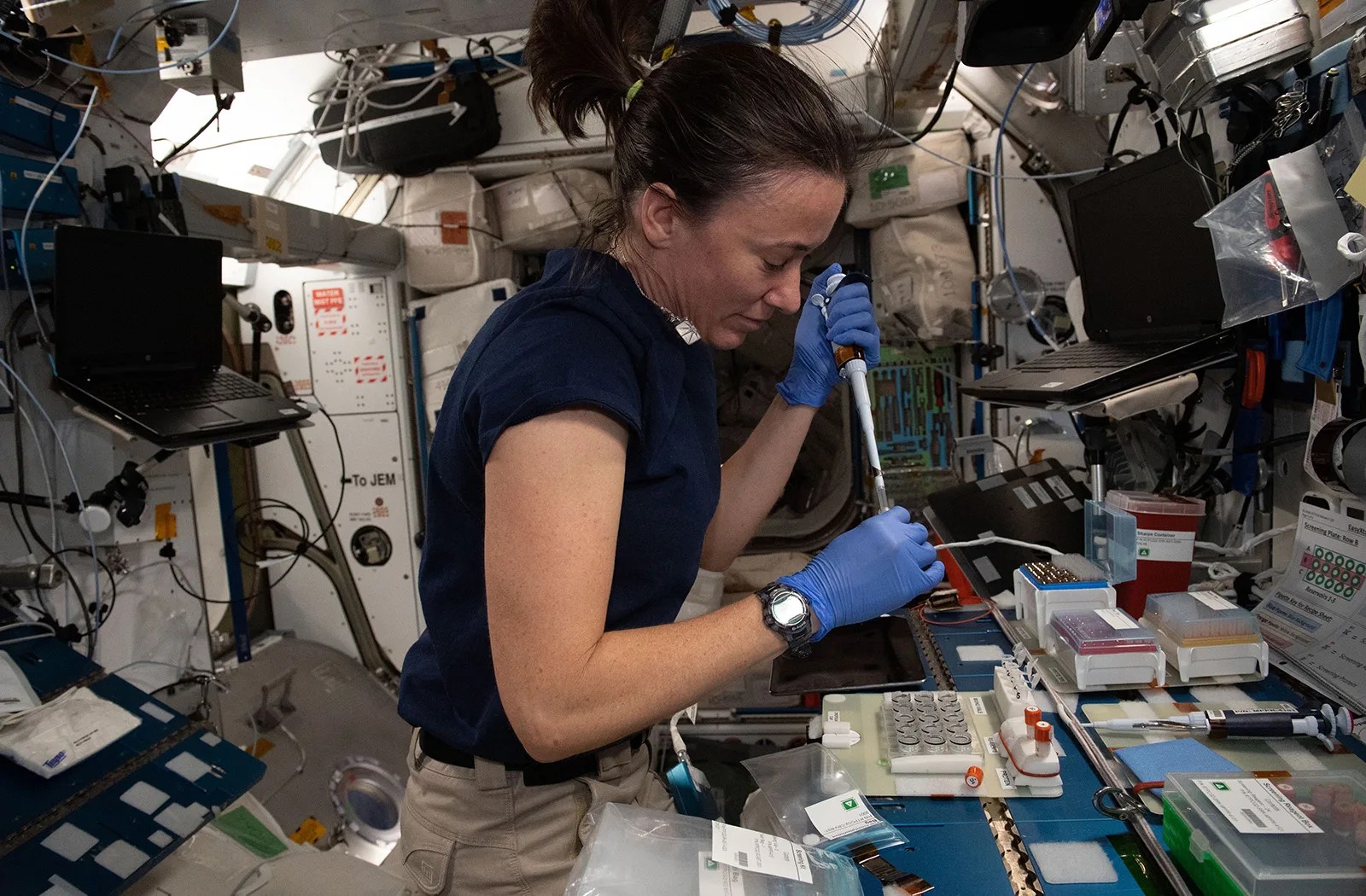
You, too, can travel to faraway places – without actually leaving Earth. NASA’s Human Exploration Research Analog, or HERA, is located at Johnson Space Center. HERA is a three-story habitat designed to serve as an analog for isolation, confinement, and remote conditions in exploration scenarios. You can volunteer to be an analog research participant or just watch videos of what’s it’s like inside and outside HERA.
